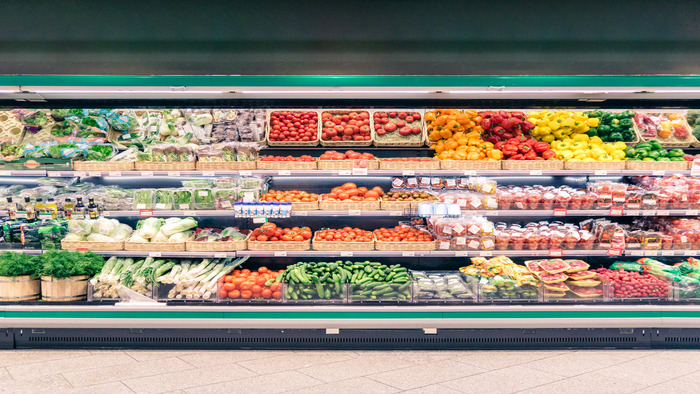Major railway merger: What it means for retail supply chains
- By [ Jess Dankert ]
- 07/30/2025

For retailers, this could change the calculus of how they think about the role of rail and intermodal in their transportation strategies. Intermodal traffic, which is primarily composed of retail goods, represents about 48% of all rail freight. Retail, especially e-commerce traffic, is a growth area for rail. Currently the merger is only a concept, and even if approved by regulators, it likely wouldn’t be a reality before 2027. Until a more detailed plan is available, it’s hard to assess the potential impacts for cargo owners.
In concept, a combined railroad with extended reach, removing interchanges and bottlenecks, could be attractive to some shippers. As a mode, rail/intermodal can offer many benefits — including cost savings and emissions reduction — especially for shipping large or heavy merchandise, or large quantities over long distances. However, flexibility, speed, and reach can represent constraints, especially for just-in-time supply chains. A consolidated railroad promising faster transit, better efficiency, and greater reach purports to address some of these constraints and has the potential to lead to less downtime in yards that may also help reduce exposure to cargo theft, which has been a significant issue for retail shippers, especially on rails.
Shippers will be watching closely to see if consolidation of market share affects rates and fees. The merger would combine two out of six Class I railroads in the country and represent an estimated 46% of all containerized rail traffic.
An effective transportation strategy involves a different calculus for every retailer and is dependent on each retailer’s network of stores and distribution facilities, what kinds of product they move, how often, where items come from, and many other components. Retailers evaluate modes and carriers on several dimensions, including performance, capacity, service levels, reliability, technology, carbon footprint, cost, strategic collaboration, and more, so there isn’t one right answer for every shipper.
Leading retailers will be closely watching as this proposal goes from press release to a more comprehensive plan, and regulators conduct their thorough review of all the impacts on how a proposed transcontinental railroad would actually operate and serve customers.
Tags
-
International Trade
-
Keeping Supply Chains Open & Resilient
-
Supply Chain


